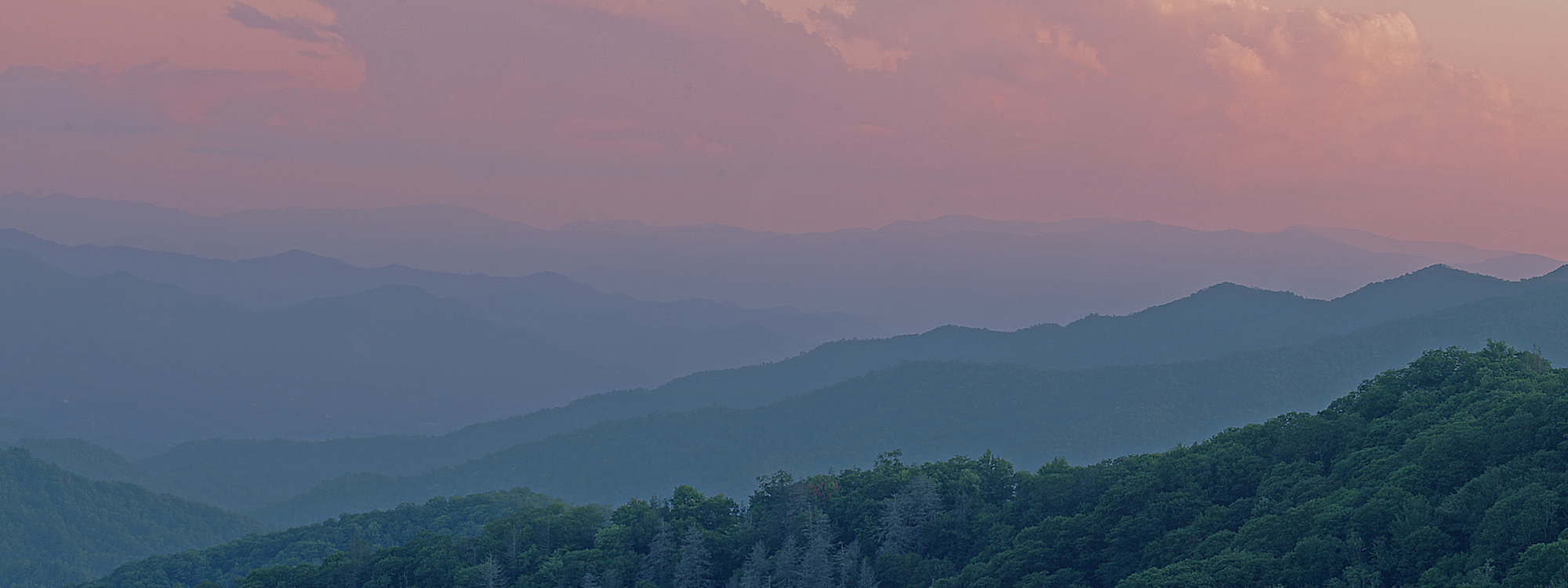
Horsehead Nebula


In the constellation Orion there are three easily recognized stars that make up Orion’s Belt. Right below the easternmost star, Alnitak, lies the small nebula Barnard 33 (B33), better known as the Horsehead Nebula. This is a region I have wanted to photograph for a while, and I am happy to finally have the image completed.
B33 was discovered in 1888 by Scottish astronomer Williamina Fleming. Edward Barnard imaged in in 1913 and listed it as his 33rd object in his dark nebulae catalog, giving it the B33 designation it goes by today. The distinctive shape provides its’ nickname, the Horsehead nebula.
The large chess like horsehead shape lies in a region of emission nebula IC434. This is the red background seen in the image. The black horsehead is actually dark cosmic dust that is blocking the light coming from stars behind it. B33 is part of the Orion B molecular cloud, one of the largest star forming regions near our sun. It is about 1,300 light years away from Earth, and the horsehead itself is approximately 4 lights years tall and 3 light years wide.
A previous Horsehead image from 2019 is below. The star Alnitak is the bright one in between the two nebulae. B33 can be seen in the dim portion to the right of Alnitak.
My latest image was taken over multiple nights in January and February 2024. Due to clouds and rain, it took a while to get enough data for processing. When completed, I had approximately 8.2 hours of exposure to work with. This region has very heavy Hydrogen Alpha (Ha) emissions, so I acquired significantly more Ha data than I did with the other filters. For the data collection I used an ASI533mm Pro camera on a SkyWatcher EQ6r mount. The scope was a recently received Askar 103 APO refractor. I edited the images with PixInsight, using the Ha data to create a Luminance channel for the final image.
The final image is composed of approximately 220 images, with a little over 8 hours imaging time. B33, the Horsehead Nebula.
- Red: 0.8 hours
- Green: 0.7 hours
- Blue: 0.6 hours
- Hydrogen Alpha: 6.1 hours






